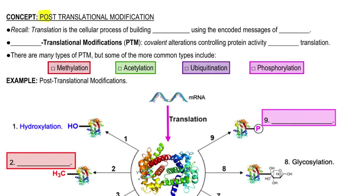The sac that often forms the initial portion of the thoracic duct is:
a. Lacteal
b. Right lymphatic duct
c. Cisterna chyli
d. Lymph sac
 Verified step by step guidance
Verified step by step guidance Verified video answer for a similar problem:
Verified video answer for a similar problem:



 7:2m
7:2mMaster Types of Lymphatic Vessels with a bite sized video explanation from Bruce Bryan
Start learning